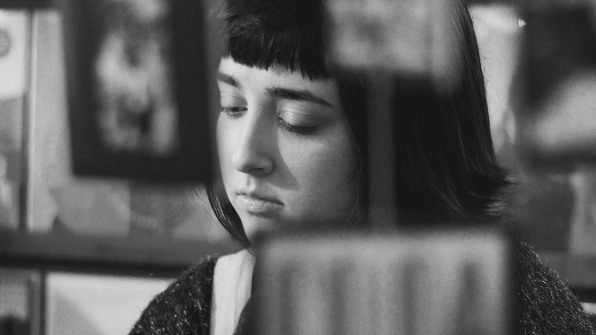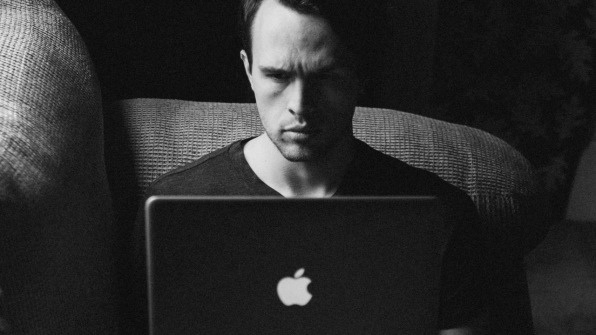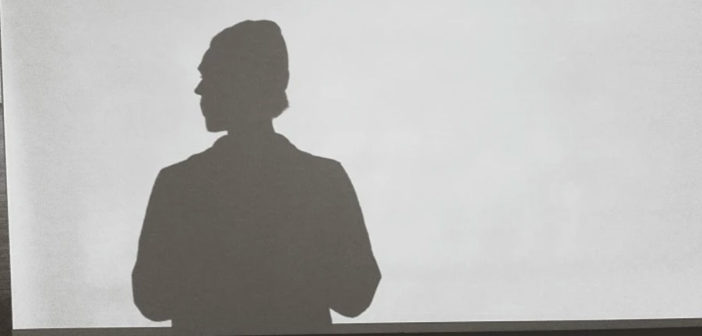Lesson No. 1: Steal the right ideas.
Stealing is wrong. We all know that, right? Mom and dad said it first, then it’s hammered in by every teacher from kindergarten to senior thesis. No stealing.
You can imagine then the shock I felt upon entering the workforce–where “stealing” good ideas is not only encouraged, but often necessary to create good and effective work.
I’ll be honest, the adjustment was tough. As a visual designer responsible for digital experiences and content marketing assets, if I steal, people notice. That said, I recognize that admiration of the work in my field–my hunt for inspiration–is not only critical when I’m doing research for a client, it’s also one of the best ways I learn.
But the line between inspiration and theft is often blurry. At what point does our replication of a good idea (the Stories on Snapchat, Instagram and Facebook sure look similar, don’t they?) cross the line from smart to plagiarism (like Melania Trump’s infamous Michelle Obama gaffe)? To that point, what is our responsibility as designers to be original? Do we have one? And if so, where does that leave our clients?
Here are four guiding principles for stealing the right way.

STEAL TO LEARN
If you frequent art museums, you’ve probably seen an art student or two sketching away in front of a Rodin or Degas. These students aren’t slackers trying to pass off a classic as their own–they’re learning the techniques of their trade. It’s hard to be the next Picasso without being as good as Picasso, right?
Who are the designers you admire? Study them. Practice. Learn the language of your domain and develop your skills. Just don’t pass the work off as your own. As a student, studying the portfolio of Massimo Vignelli–his famous redesign the New York subway map in particular–taught me to respect a grid, while Paula Scher’s groundbreaking identity work for the Public Theater taught me how and when to ignore it. Thanks to them–and the countless other creatives whose work I’ve studied–I now have the tools and understanding to create my own work.

DIVERSIFY YOUR SOURCES
While on the hunt for inspiration, sites like Awwwards.com and the designer’s favorite Chrome extension Muzli make it all too easy to get distracted by–or professionally envious of–the latest site of the day. Limiting inspiration to work within our domain risks limiting your thinking, too. Additionally, if we’re all drawing from the same pool of ideas, it’s certainly harder to stand out with original work.
When mining good ideas, I look across mediums–often as far from my clients’ B2B tech competitors as possible. For example, pretend you’re a videographer for a retail fashion brand looking to promote this season’s color palette. Look beyond competitor commercials to evaluate how color is used to pull your eye to calls-to-action on the web or to create new worlds within subway cars. This can inspire effective solutions you otherwise would have missed. I try to pull from everywhere–print pieces, mobile apps, architecture, furniture–anything that keeps me open to smart ways to solve my clients’ biggest problems.

LIKE SOMETHING? ASK WHY
If there’s an idea you love, first evaluate why you love it. What about it makes it work? Does the color palette establish a personality your client is trying to match? Does the form invite action? Or maybe your favorite blogger really hooked you in an introduction–find what made you want to keep reading and add that tactic to your own creative tool kit, ready for use the next time you need it.
By understanding the strengths of design solutions you admire, you’ll be better positioned to pull inspiration from them instead of blindly copying when tasked with meeting a similar goal.

STEAL THE RIGHT IDEAS
In most cases, and especially on the web, familiar is best.
Think about streaming services. Across devices, the UIs of Netflix, Hulu, and HBO GO follow an almost identical layout designed to encourage exploration and continued streaming. On all three, top-level navigation menus are kept unobtrusive and out of the way, featured content is showcased on hero images in a slider, and titles are organized within vertically stacked categories that scroll horizontally. These brands are clearly taking design cues from each other, but it’s hard to make the case for plagiarism. A consistent experience across products benefits the user.
No matter your assignment, your job as a designer is to create empathy for your audience. That might mean an original idea–or a new take on a familiar concept.
–
Featured Photo: Artur Gerke/EyeEm/Getty Images
This article first appeared in www.fastcodesign.com
Seeking to build and grow your brand using the force of consumer insight, strategic foresight, creative disruption and technology prowess? Talk to us at +9714 3867728 or mail: info@groupisd.com or visit www.groupisd.com




